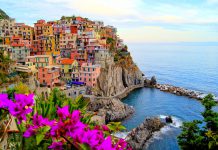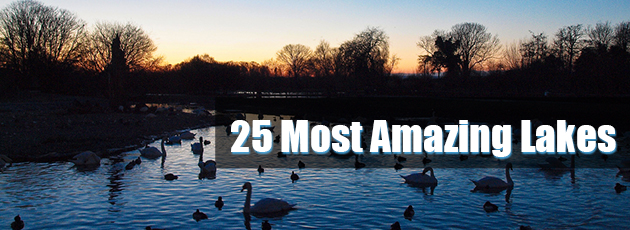One of the most popular destinations during winters in the Northern Hemisphere is to head south to Buenos Aires, the capital city of Argentina, as they’re enjoying the summer down there. The cosmopolitan city, which is home to about 2.75 million residents, is filled with things to do and places to see because of its rich cultural heritage and history.
The Spanish-speaking city is like many others in the world as it never seems to sleep. There’s always something interesting going on somewhere within its boundaries at all hours of the day and night. It’s quite a fashionable place as local residents like to present a cool image. The architecture is also quite fashionable and is noticeably different from most other parts of Latin and South America.
The city has been greatly influenced by the Europeans and you’ll notice that many of the buildings are French or Spanish in their style.
There are numerous historical buildings, museums, and shopping centres to discover and explore and the cuisine is second to none. Of course, Buenos Aires is also famous for the popular dance known as the tango, which originated here in the suburbs many years ago. The dance was seen as quite risqué when it was first created. However, in the 1920s it became popular with high society types in Paris and became a worldwide hit. You’ll find there are plenty of locations to learn the dance and you’ll be able to view some free dance performances in the local bars and restaurants across the city.
Buenos Aires is like most major cities which means you have to use your common sense when visiting the neighbourhoods, especially at night. Don’t wear expensive jewelry or keep a purse or bag over your shoulder. Just try to blend in and stick to the main streets, which are usually quite busy. There can be quite a bit of traffic on the streets and it’s recommended that you always cross the road at a crosswalk.
Some of the best museums to visit include the Malba, Museo National de Bellas Artes, and the Recoleta Cultural Center. The Malba features modern art from Latin American, while the Museo National de Bellas Artes is the city’s museum of fine arts. If you’re more interested in tasting the local delicacies at the cafes while you watch people, then head over to the Plaza Francia where you can also sit on the grass and soak in the atmosphere.
One of the most popular attractions is Recoleta Cemetery, which was created back in 1822. This is where the nation’s rich and famous residents are buried. There are many mausoleums in the site which are final resting places for several generations Argentina’s wealthiest families. One of the most-visited graves is that of Eva Peron, who was married to the former president Juan Peron and quite a famous figure in her own right. However, Juan Peron is buried elsewhere in the city.
Another popular outdoor plaza is the Plaza de Mayo, which is often used for many of Argentina’s most important historical events. This was a prominent location back in 1810 when Argentina’s revolution took place to gain its independence from Spain. If you visit the corner of Avenida Corrientes and Avenida 9 de Julio, you’ll be standing at the widest road in the world. From here you’ll be able to see the city’s Obelisk monument, which is where the country’s flag was raised the very first time.
The restaurants and hotels fall into all price ranges as they run from hostels to world-class establishments. Argentina is famous for its love of meat and their barbecues, known as asados are out of this world. A trip to Buenos Aires is one you’ll never forget, for all the right reasons.










